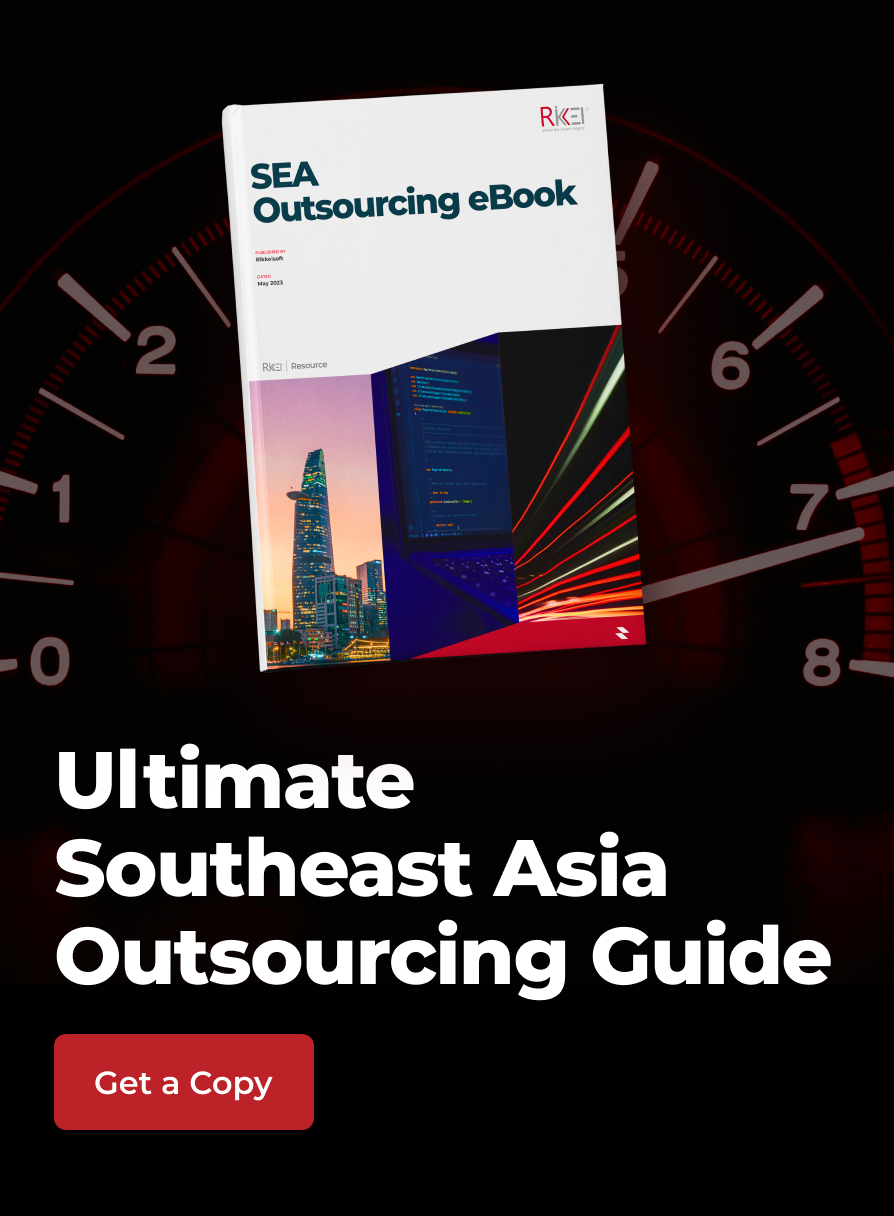Can tech make us mindful?
Contents
When the Apple Watch was first released, mindful breathing got a spot beside the alarm clock and texting via the Breathe app, which seemed to prove mindfulness had truly gone mainstream.
But modern society is still strongly oriented in the opposite direction toward speed, efficiency and multitasking. The tagline for that same Apple watch, for example, was: “Do more in an instant.”
Other hooks have included “Share. Compare. Compete” and “Do even more, right from your wrist”. So can any device designed to optimise your productivity and competitiveness really help you non-judgmentally focus on the present moment?
Or, put simply: can an app make you mindful?
.png)
As a researcher and designer of well-being technology, I’m in constant pursuit of answers to questions like these. (ie. My book Positive Computinghas an entire chapter dedicated to mindfulness.)
More recently, my colleague Rafael Calvo and I had the opportunity to pose the question to two gurus at the intersection of mindfulness and technology: World-renowned well-being psychologist, Richard Ryan, and Venerable Tenzin Priyadarshi, director for the Dalai Lama Center for Ethics and Transformative Values at MIT.
"Their responses, based on decades of research and experience, illuminate both daily life and the design of future technologies. Here’s what we learned…"
1. Mindfulness apps can help beginners:
Both Ryan and Priyadarshi agree mindfulness apps can help connect beginners to the practice.
“Firstly, from a Buddhist framework, mindfulness is a much wider field than what is being spoken of in the contemporary discourse,” said Priyadarshi.
“In the contemporary discourse on mindfulness, I do think apps are more useful, but useful mostly as an introductory phase, and in terms of creating the connection level.”
Ryan added: “One of things that I’ve been impressed by comes from the old adage that, even when you’ve been well-trained in mindfulness, the trick is remembering to be mindful.
“So some of the apps, such as the .B app used as part of the Mindfulness in Schools program, is a reminder to ”.B” (stop, breathe) — a recall that mindfulness is a state available.“
2. Meditation by definition is not exciting:
A mindfulness app should motivate us to practice by making mindfulness fun, right?
According to Priyadarshi, mindfulness is by nature, not “exciting” and Ryan’s research supports this. In fact, it is initially about learning to embrace and move beyond the boredom we feel as a response to lack of stimulation.
“Part of the challenge is that if you take any kind of beginning mindfulness practice, it has elements of serenity and stillness built into it,” explains Priyadarshi.
“Technologies are constantly trying to generate some form of mental activity to get to this exciting state, but as Thomas Merton (a Trappist monk) put it, part of the practice of meditation is to curb this appetite for excitement.”
“Part of the thing that people come into mindfulness for is to restrain that excitement so that they can actually focus or be more attentive to the object at hand.”
Ryan agreed, “Our recent research has indeed shown that states of solitude, including meditation, produce deactivated states of emotion. People are less aroused both in negative and positive emotions.”
“A common outcome of meditation is in fact a calm vitality, rather than an excited one.”

3. Location matters:
Try meditating at your desk and you’ll battle thoughts of deadlines. Try mindfulness in the living room and you’ll meet the temptation to play a video game or watch a movie instead.
The visual cues around us prime us for certain activities and trigger memories. So according to Priyadarshi, dedicating a space exclusively to meditation (even if it’s just a corner) is important for fostering mindfulness.
"By extension, this suggests that our virtual work spaces (phones) could be ill-suited as mindfulness spaces. If your work tool is attached to you (ie. your watch) the act of disassociation may be even trickier."
“At MIT we have various pods within the MIT institution — there are about five or six meditation communities across campus that use dedicated spaces […] and it helps them to focus on whatever the object of meditation is,” said Priyadarshi.
“Eventually the idea is that once the mind is trained, it is able to meditate and practice in any environment. But initially, all these things are useful in training the mind.”

4. Fostering mindfulness means reshaping technology and society:
While mindfulness apps can be helpful, in the long run, truly improving our capacity for mindfulness relies on shifting the societal assumption that doing more is always better.
Until we reshape this orientation, our technologies will continue to foster behaviours that work against mindfulness and its benefits.
While the Breathe app may appear little more than wishful thinking as part of a device designed for speedy multitasking, its appearance is still a good sign.
"It’s a sign that users are pushing back and questioning the tyranny of productivity. It’s a sign we may be turning a corner and taking the first steps down a road to technologies that will genuinely (dare we say it?) make the world a better place."
We’ve got a long way to go though, and finding a quiet place to sit in stillness and bring our attention to the present moment is probably a very good place to start.
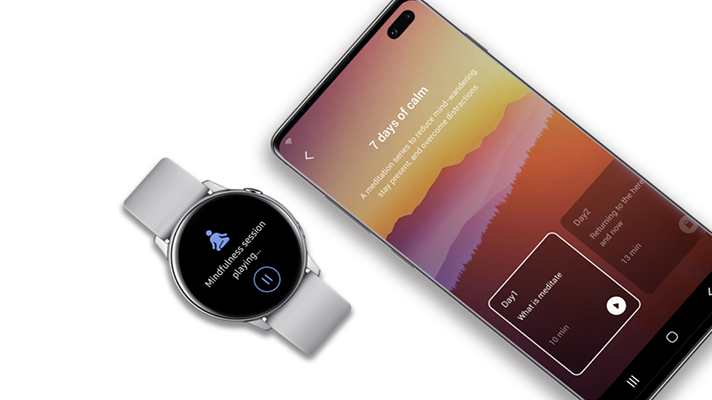
Source: https://medium.com/ethics-of-digital-experience/can-tech-make-us-mindful-7a755851825
By: Dorian Peters
More From Blog

April 4, 2024
Big Data Performance: Maximize Your Business Value
In today’s data-driven world, organizations are constantly generating and collecting immense amounts of data to understand their customers more deeply. This data, often referred to as “big data,” holds immense potential for organizations to seek opportunities and overcome challenges. But accessing and analyzing big data isn’t enough to have proper strategies; organizations must pay attention to […]

April 4, 2024
How Real-Time Data Analysis Empowers Your Business
In today’s fast-paced business landscape, the ability to quickly make data-driven decisions has become a key differentiator for success. Real-time data analysis, the process of analyzing data as soon as it’s generated, has emerged as a powerful tool to empower business across industries. By leveraging real-time data analysis, organizations can gain timely and actionable insights, […]

April 4, 2024
Differences Between Data Science and Computer Science
Data Science and Computer Science are distinct fields overlapping in certain areas but have different focuses and objectives. The article below will help you clearly understand the differences and the close connection between the two fields. What is Data Science? Data Science is an interdisciplinary field that combines scientific methods, processes, algorithms, and systems to […]
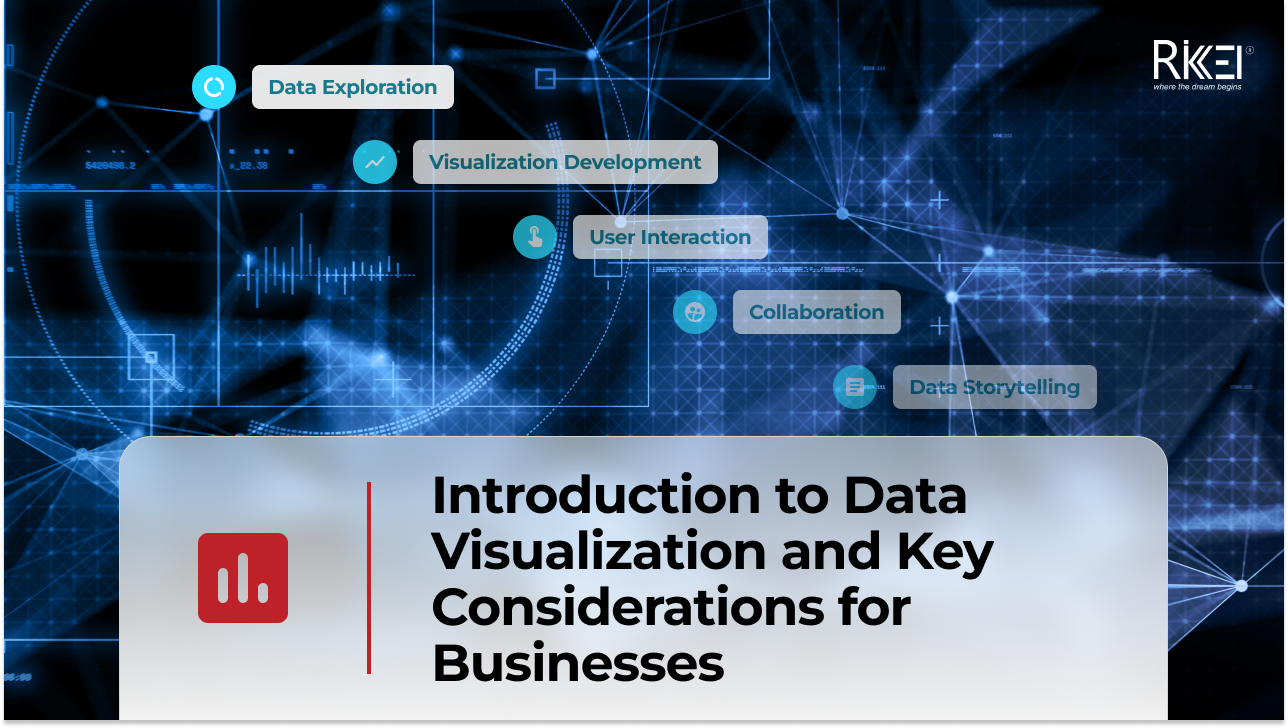
March 28, 2024
Introduction to Data Visualization and Key Considerations for Businesses
In your opinion, what is data visualization? Your main goal is to communicate your recommendations engagingly and effectively, right? To achieve this, let’s immediately explore a method that can represent information with images. What is Data Visualization? Define data visualization and their roles in organizations First, you need to find the answer to the question: […]
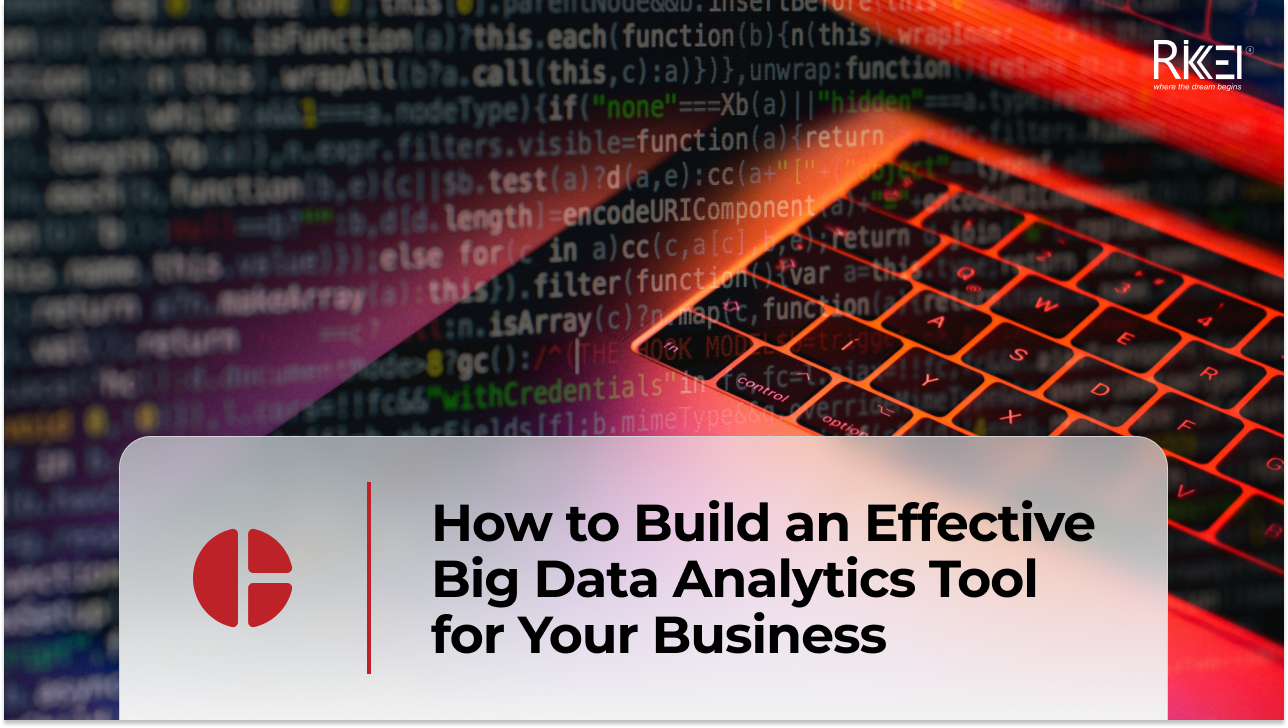
March 21, 2024
How to Build an Effective Big Data Analytics Tool for Your Business
Building an analytics tool for a business brings several significant benefits, especially in today’s business environment where data is becoming larger and more complex. So how to build an effective analysis tool for businesses, follow the article below! Assessing Business Needs Assessing business needs involves understanding the requirements, goals, and challenges of a business or […]
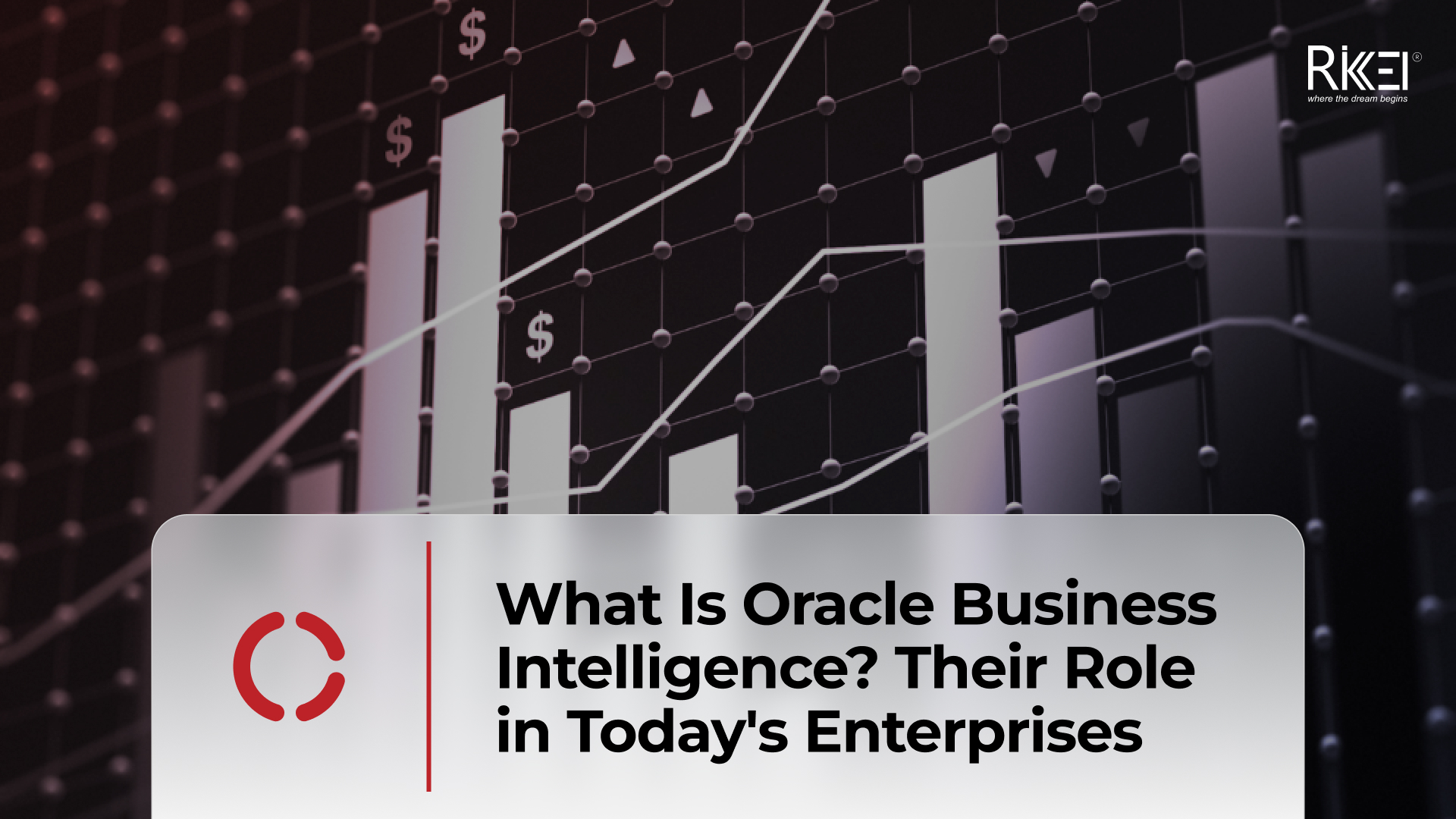
March 14, 2024
What Is Oracle Business Intelligence? Their Role in Today’s Enterprises
Oracle Business Intelligence (BI) refers to a suite of tools, technologies, and applications designed to help organizations collect, analyze and present business data. The primary goal of Oracle BI is to provide actionable insights to support decision-making within an organization. Oracle BI encompasses a range of products that enable users to gather, process and visualize […]

